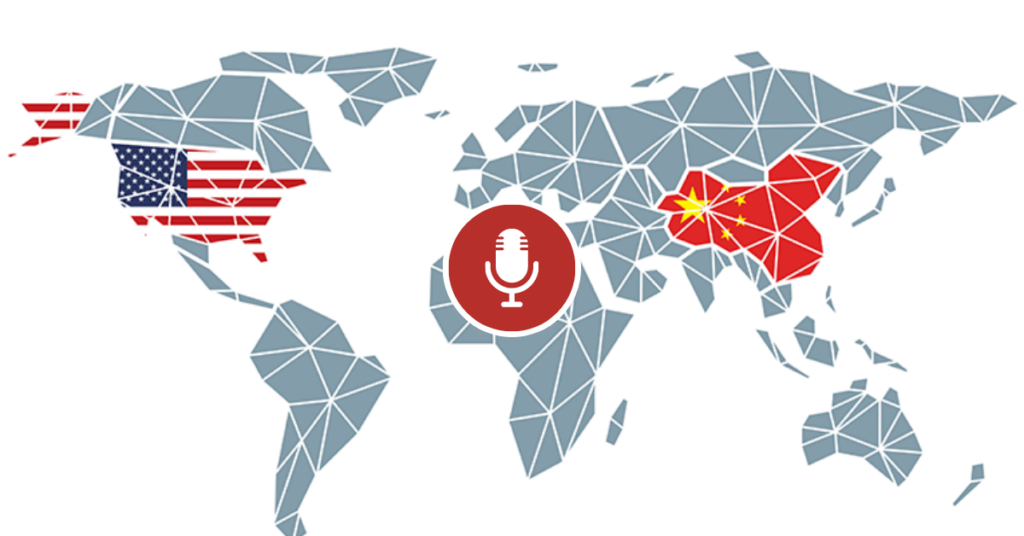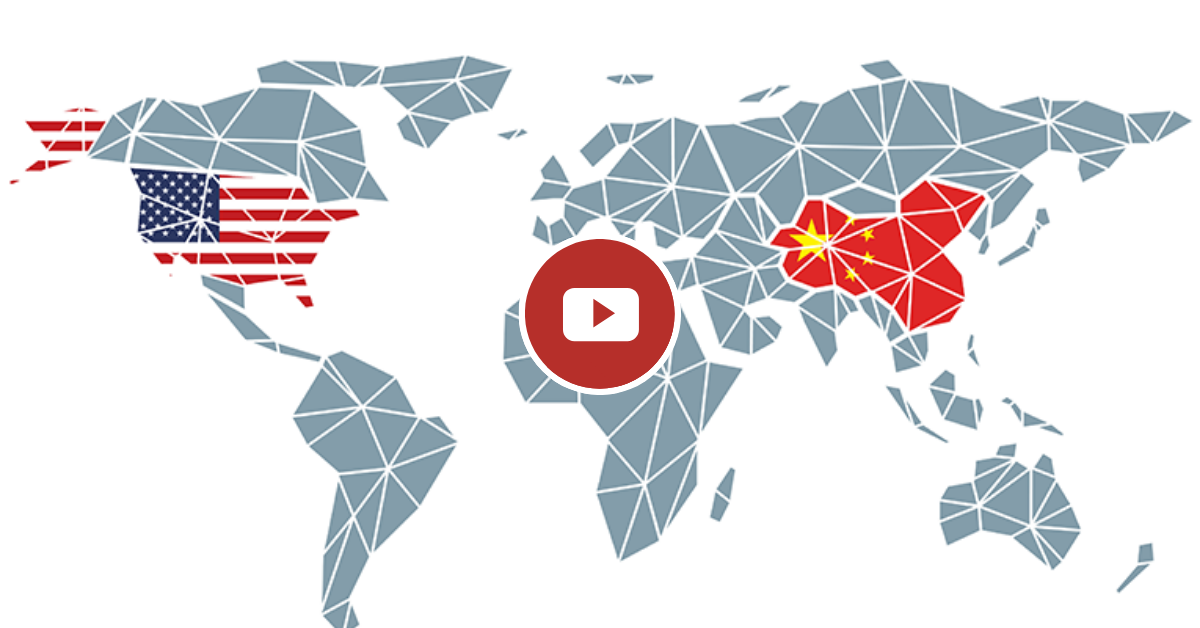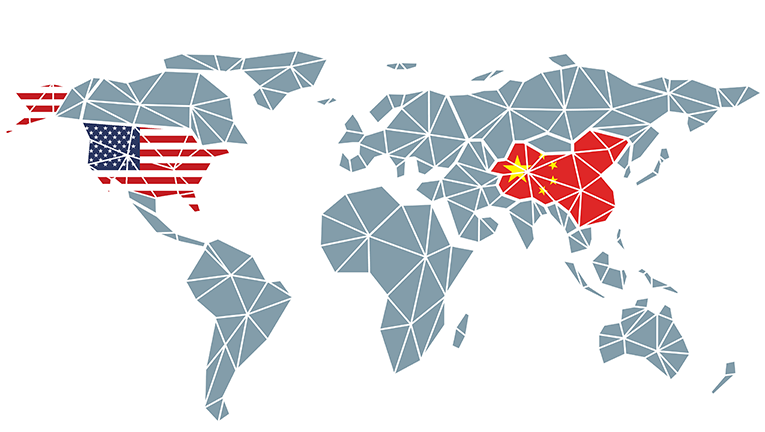What is the role of diplomacy in American foreign policy? How does “soft power” fit in? Until recently, the United States hosted close to 370,000 Chinese students in the United States, and about 12,000 Americans studied in China annually; the Peace Corps placed more than 1,300 Americans in southwest China between 1993 and 2020; in the more than 40 years since the Fulbright program was re-established after diplomatic recognition in 1979, more than 3,000 Americans and Chinese have participated. (The first American Fulbright professor in China traveled to Guangzhou in 1947; the mainland China program was suspended after 1949.)
2020 appears to be a turning point. In addition to COVID-19, which resulted in the departure of many international students for their home countries, the United States has implemented visa restrictions on certain categories of students. The end of the Peace Corps China program was announced in January; the Fulbright program between mainland China and Hong Kong and the United States was suspended six months later. Both the United States and China have taken increasingly harsh measures against journalists stationed in each other’s countries. Another recent sign of the escalation in bilateral tension came in the closings of the Chinese Consulate in Houston and the U.S. Consulate in Chengdu.
On August 17, 2020, the National Committee hosted a virtual program with retired American diplomats Susan Thornton and Beatrice Camp to discuss the place of diplomacy in U.S. policy toward China and beyond.


